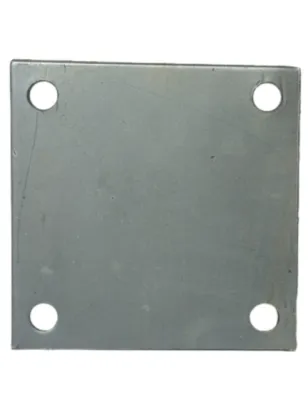loading...
- No. 9, Xingyuan South Street, Dongwaihuan Road, Zaoqiang County, Hengshui, Hebei, China
- admin@zjcomposites.com
- +86 15097380338
- Welcome to visit our website!
Exploring the Benefits and Applications of Glass Fiber Reinforced Polymer Bars in Construction and Engineering
Glass Fiber Reinforced Polymer Bars A Revolution in Construction Materials
In recent years, the construction industry has witnessed a significant transformation with the introduction of innovative materials. Among these, glass fiber reinforced polymer (GFRP) bars have emerged as a game changer due to their unique properties, making them an appealing alternative to traditional reinforcement methods. As the demand for sustainable and durable construction practices increases, GFRP bars are gaining popularity for their versatility, strength, and resistance to environmental factors.
Understanding GFRP Bars
Glass fiber reinforced polymer bars are composite materials made by combining glass fibers with a polymer resin matrix. This combination results in a lightweight yet exceptionally strong product. The glass fibers provide tensile strength, while the polymer matrix ensures flexibility and resistance to corrosion. Compared to conventional steel reinforcement bars, GFRP bars exhibit greater tensile strength and a lower density, making them easier to handle and install.
Advantages Over Traditional Materials
One of the most significant advantages of GFRP bars is their high resistance to corrosion. Steel reinforcement is susceptible to rust and degradation, especially when exposed to moisture and chemicals. In contrast, GFRP bars can withstand harsh environments, making them an ideal choice for projects in coastal areas, chemical plants, and regions with high humidity. This resistance not only prolongs the lifespan of the structure but also reduces maintenance costs over time.
Another considerable benefit is the weight of GFRP bars. Their lightweight nature reduces transportation costs and simplifies storage and handling on construction sites. This is particularly beneficial in projects where heavy machinery cannot access certain areas. Additionally, GFRP bars can be easily cut and formed into various shapes, allowing for greater flexibility in design.
glass fiber reinforced polymer bars

Applications in Construction
The applications of GFRP bars are diverse and growing rapidly. They are commonly used in bridge construction, where the corrosion-resisting properties help ensure longevity in the face of de-icing salts and other damaging agents. In addition, GFRP bars have found their place in the construction of parking garages, water treatment facilities, and even in residential buildings.
Furthermore, GFRP technology is not limited to structural applications. It is also making its way into the field of retrofitting and strengthening existing structures. Engineers are increasingly recognizing the benefits of using GFRP bars to enhance the performance of older concrete structures, allowing for safety improvements without extensive demolition work.
Environmental Sustainability
As the world shifts towards more sustainable construction practices, GFRP bars represent an eco-friendly alternative to traditional materials. The manufacturing process of GFRP uses less energy compared to steel production, and the durability of GFRP bars contributes to sustainable building designs. Structures with GFRP reinforcement can have a longer lifespan, reducing the need for frequent repairs and replacements.
Conclusion
Glass fiber reinforced polymer bars are undoubtedly shaping the future of construction materials. Their unique combination of strength, durability, and resistance to environmental factors sets them apart from traditional reinforcement methods. As the construction industry continues to embrace innovation, GFRP bars will play a crucial role in developing structures that are not only safe and durable but also sustainable. As more architects and engineers incorporate GFRP technology in their projects, it is clear that the advantages of this composite material will continue to be recognized and leveraged for decades to come.
-
Premium FRP Handrail for All ApplicationsNewsAug.29,2025
-
Low Maintenance FRP Mini Mesh Grating ProductsNewsAug.29,2025
-
Innovative FRP Square Tubes for Modern Industrial SolutionsNewsAug.29,2025
-
FRP Water Storage Tanks Wholesale Solutions for Bulk BuyersNewsAug.29,2025
-
FRP Molded Grating Solutions for Diverse Industrial ApplicationsNewsAug.29,2025
-
Construction Advancements Through FRP Pultruded ProfilesNewsAug.29,2025
-
Why Choose FRP Railings, Guardrails, and Handrail Systems?NewsAug.29,2025
